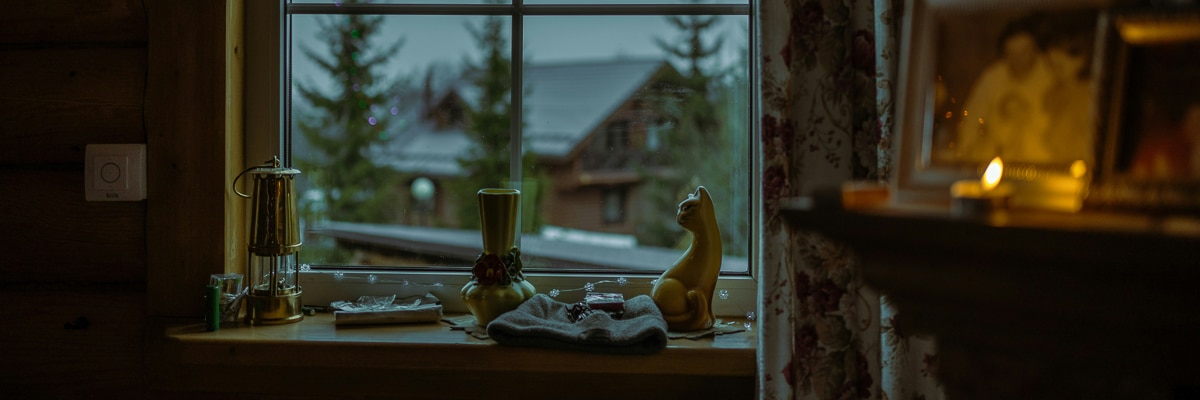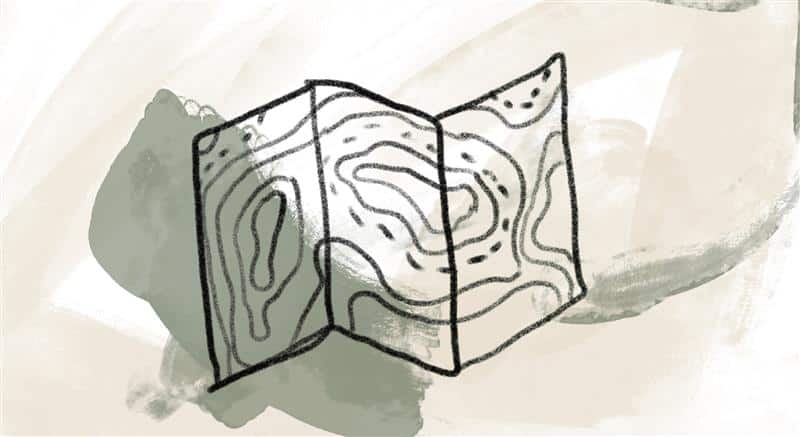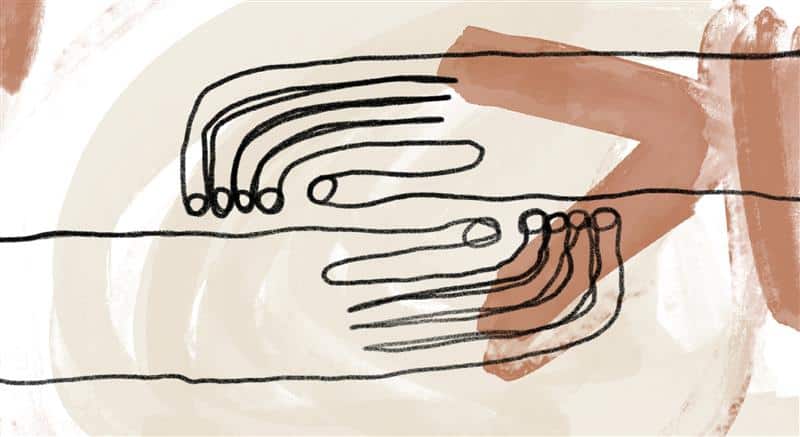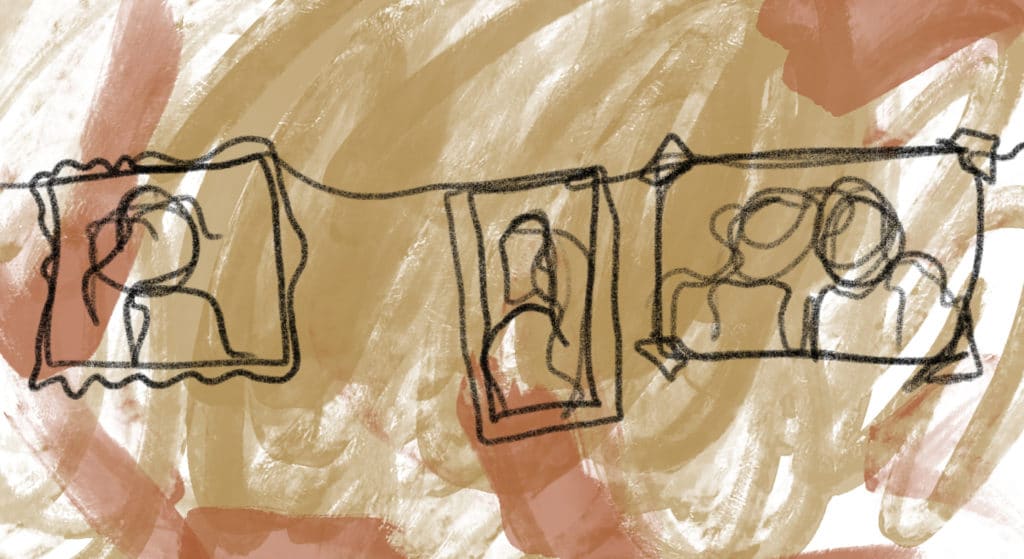
In the foreword to the new edition of Falling Upward, researcher Brené Brown shares her sense of spiritual homesickness.
The word “homesick” often conjures up images of a child’s fleeting sadness or their temporary yearning for home and family. In today’s culture, the emotion is often dismissed … [as] a fuzzy overnight-camp feeling, not a fierce emotional experience that is key to the human experience and central to our hardwired need for a sense of place and belonging…. I am drawn to exploring the contours of homesickness to better understand why I can’t shake this unyielding longing for a home that exists only inside me.
Brown shares her regular longing for the home of her own soul:
Spiritual homesickness has been a constant in my life. It was not an everyday experience, but a predictable and always reoccurring desperation to find a sense of sacredness within me, not outside of me: my soul, my home, God in me. It was homesickness for a place that exists only inside me.
Through my thirties and forties, I would occasionally succumb to the yearning, drop everything, and run as fast as I could to visit the home within me. The door to my internal spiritual home would be one simple experience, one encounter with a thin place—maybe sitting in my car listening to Loretta Lynn sing “How Great Thou Art,” or an afternoon swim with God in Lake Travis, or one night praying the Daily Examen. But then, after that visit, I would leave and go back to my first-half-of-life world. I’d describe this first-half-of-life spirituality as the ebb and flow of [the Greek words] nostos and alga, homecoming and pain.
Over the past two years, I’ve found that I’m more spiritually homesick than not. Spiritual homesickness has become an almost daily dulling grief. It’s not depression or exhaustion. It’s an uncomfortable knowing that I’m coming to the end of one thing and the beginning of the next. I’m leaving and arriving. There’s fear, but there’s also joyful anticipation.
Today, when I return home to the place in me where God dwells, I’m no longer interested in making it a quick visit so I can run back to the world of “what other people think” and “what I can get done.” Today, I can barely be dragged out of the house. I’m drawn to different conversations and deeper connections. I want this sacred space to be my home, not somewhere I visit to buttress my “real life” that’s on the outside of my connection with God. I’m starting to wonder if my alga, my pain, is fueled by my separation from God and from my True Self.…
Leaving the first half of life is scary. Most of us have the first-half-of-life hustle down. The thing is, I’m just never, ever homesick for the first half of my life when I walk away from it…. Maybe I’m not homesick for the first half of life because it’s really never been my true home.
Reference:
Brené Brown, “Nostos and Alga: Returning Home in the Second Half of Life,” foreword to Falling Upward: A Spirituality for the Two Halves of Life, by Richard Rohr, rev. ed. (Hoboken, NJ: Jossey-Bass, 2024), vii, ix–x.
Image credit and inspiration: Esther Avdokhina, Untitled (detail), Russia, 2020, photo, used with permission. Click here to enlarge image. Each of us has the capacity to create home within and for ourselves.
Story from Our Community:
I believe that art and poetry are the language of the soul. I first learned this years ago when I was a young mother stationed in Europe while my husband served in the Vietnam War. I was experiencing little sleep with night feedings, and I was buried in housework. I didn’t recognize myself anymore. My love of beauty, art, music, literature, and a vibrant spirituality seemed to have gone from my life. During a short trip to Paris, I heard a call to go to the Musée d’Orsay. Standing before a painting by Renoir, I began to cry. I couldn’t stop. Gazing at the painting, I felt alive again and I felt my former self return. I threw my arms around her—welcoming her back. Seeing and interacting with art, I came home to myself. —Eileen C.




